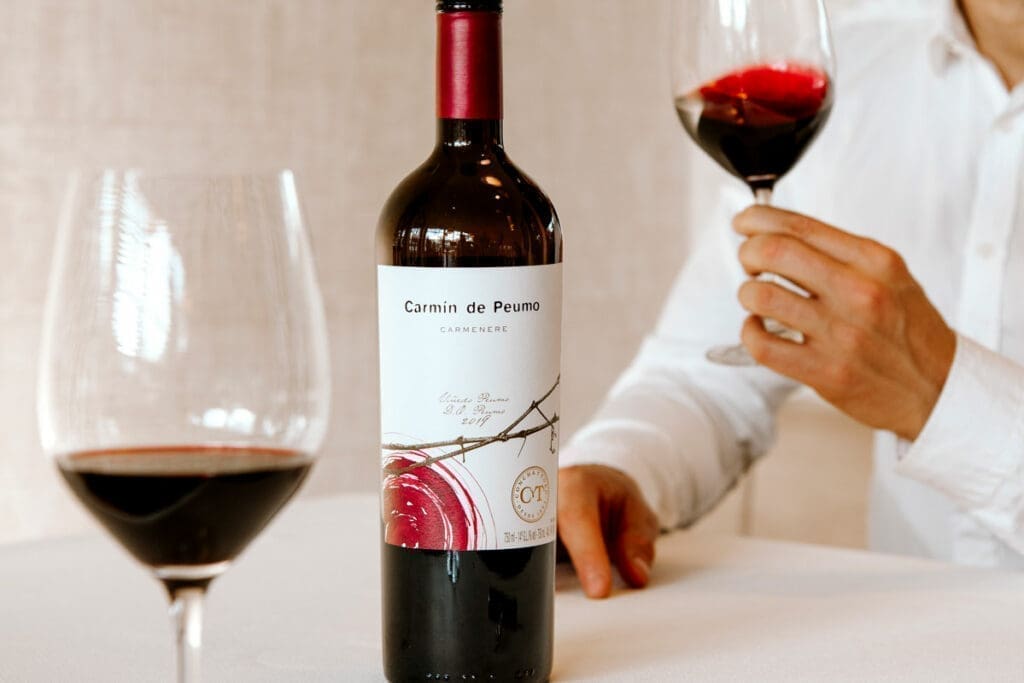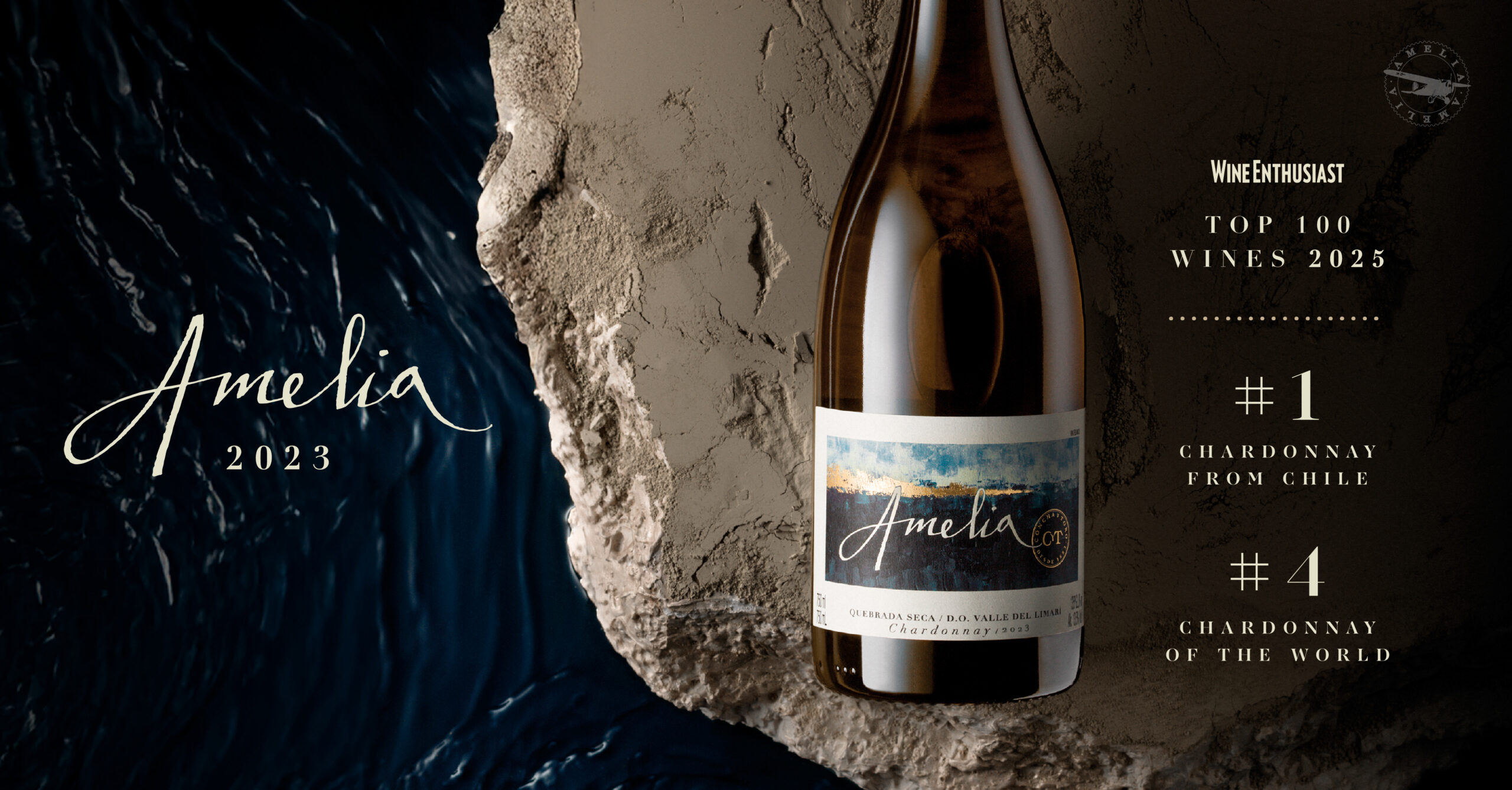23 de August de 2023
Tell me what you see and I’ll tell you what you drink
Before drinking and smelling a wine, the first phase of a tasting consists of carefully observing its appearance in the glass. We are talking about the visual phase, essential to obtain more clues about the wine we are about to enjoy.
In the world of wine, tastings are as important as they are necessary to increase our appreciation. Through them we can examine in detail and obtain initial information about the wine, and then confirm it with the smelling and sipping phase.
Thanks to visual analysis, we will be able to determine basic aspects such as, for example, whether we will drink a red, rosé or white wine. We will also know if it is a young or mature wine, if its texture is light or dense (which will give clues about its sugar and alcohol levels) and, furthermore, if it is a still or sparkling wine.
So, before swirling and smelling the wine, just look at it. Ideally against a white tablecloth or sheet, to identify its colour, clarity, fluidity and perlage.
The colour
It is very easy to classify a wine according to its colour, that is, if it is white, red or rosé. But by focusing more on the colour of its rim (the portion of wine that touches the edge of the glass) and its nuances, we will be able to obtain information about the age of the wine.
In the case of red wines, as they age, their nuances range from ruby red, garnet, orange to brick red. The more brick-red tones the wine has, it will mean that it is older. At the same time, a purplish tone will indicate that it is a younger wine. The interesting thing about colour is that it can also show what grape variety we have in front of us, although this could also be influenced by processes such as maceration. Wines with a deep red colour, for example, indicate that they had a longer maceration. In other cases, darker wines, such as a Terrunyo Malbec, could indicate that it comes from a warm climate (in this case, the Uco Valley, in Mendoza).

For white wines, the brighter and more vivid their colour is, it will indicate that it is a younger wine. Generally, a wine with a straw yellow to greenish colour that is not very intense, is synonymous with a young wine whose contact with the skin of the grapes was minimal. While those with an amber or opaque colour may indicate that the wine is older. Those with a deeper bright yellow colour are also synonymous with wines aged in oak barrels such as Amelia Chardonnay, aged for 12 months in French oak barrels. Then the golden colours speak of late harvests such as Concha y Toro Late Harvest Sauvignon Blanc.
Clarity
Another attribute that is evaluated in the visual phase is the clarity or transparency of the wine, which will depend on the particles, residual sugar or lees present in the wine. Most of the time, wines go through filtering and clarification processes so that they are transparent and bright when drunk. Having said this, if a wine is cloudy in the glass, it could be synonymous with poor quality, but this will be verified in the smelling phase. And there are wines that do not go through these processes, as is the case with natural wines, and are still of good quality. It also happens with mature red wines, which begin to generate sediments that are not synonymous with poor quality, but age.
While, in the case of whites, if the wine feels a bit hazy, it may be an indicator that there is some residual sugar, yeasts from a second fermentation or lees (which speak of a wine with more volume on the palate).
Consistency
At this point the consistency of the wine is assessed and examined by swirling the wine in the glass to see how the drops (known as tears or legs) then fall down the wall of the glass. If it is a very liquid wine and falls quickly, without leaving an oily layer, it means that it is a light wine with less structure. While one that falls slower, that seems thick, speaks of structure and quality, as is the case of Carmín de Peumo. Then, the more legs the wine has, means that the wine has more alcohol.
Perlage
Lastly, if we are dealing with a wine with bubbles like Subercaseaux Grande Cuvée, these will indicate that it is a sparkling wine. And through the visual analysis of the bubbles (their size, quantity and persistence), the quality of the sparkling wine can also be analysed. But we will dedicate a separate chapter to this topic.
You know, taking no more than 10 seconds before drinking the wine to analyse its visual phase is an exercise worth making this experience even more exciting.
Put your knowledge to the test, get our wines to taste them here.











